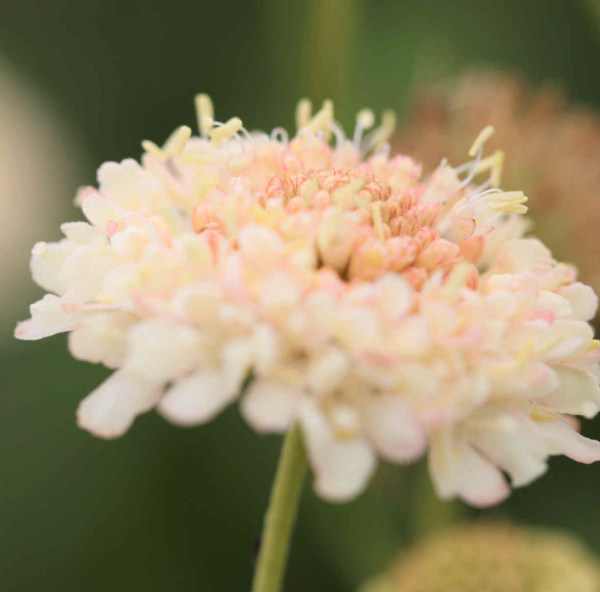How to grow Scabiosa
Scabiosa is a genus of around 80 species of annuals, biennials, and perennials, hailing largely from sunny dry meadows and rocky slopes in the Mediterranean. It is also known by common names ‘scabious’ and the ‘pincushion flower’, the latter due to the densely packed, domed central florets of its blooms.
Scabiosa is cultivated for its delicate, dainty flowers which are highly attractive to bees and butterflies, as well as being excellent for cutting.
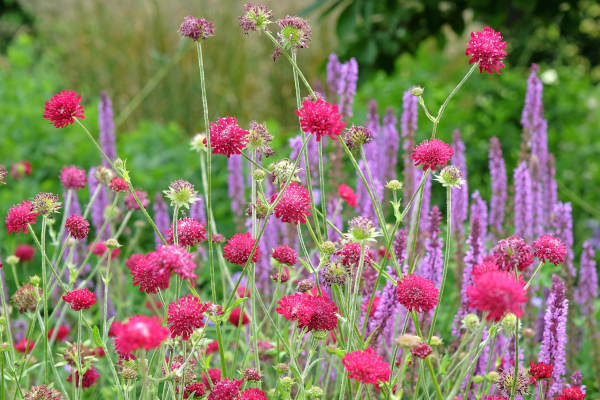
Zantedeschia is a genus of flowering plants from the family Araceae and is native to southern Africa. With a rich history dating back to the Ancient Romans, these deciduous or semi-evergreen perennials have been used as a symbol of celebration. Zantedeschia was Named after Professor Giovanni Zantedeschia, an Italian botanist.
There are two main forms of Zantedeschia: hardy and tender. Hardy forms of the plant can be grown outdoors, enjoy moist soil and full sun or partially shaded conditions - these are known as Arum lilies. Tender forms of Zantedeschia prefer being grown in containers or pots and should be brought inside over the winter - these are known as Calla lilies.
With tuberous flora in all colours from whites, yellows and oranges to deep reds and purples, Zantedeschias are not to be overlooked in any garden, as long as they have sufficient sunlight to grow in.
Ready to learn more about growing Zantedeschia? Read on for all there is to know...

Key Information
Soil pH
Position
Hardiness

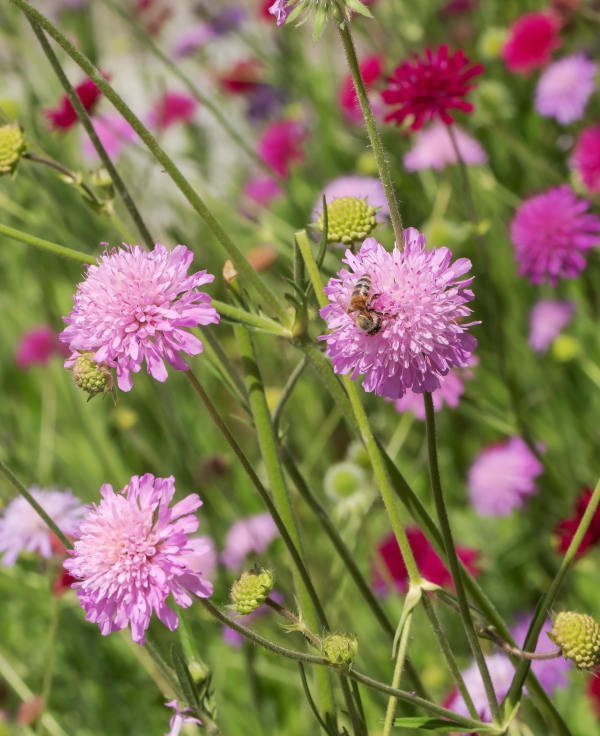
Where & when to plant Scabiosa
Position - Full sun
Soil - Moist, well-drained, neutral to slightly alkaline. Avoid excessive winter wet.
Flowering Period - Summer to autumn
Hardiness - Ranging from half-hardy to fully hardy. Check individual descriptions for details.
For best results, plant hardy species in autumn or spring. An autumn planting is suitable for those gardening in mild conditions (broadly speaking, this is the southern half of the UK). For those liable to very cold winters, it is best to wait until spring (generally the northern half of the UK). Planting can be done at other times throughout the year providing a watchful approach to watering is taken until plants are established.
Half-hardy species should be planted out once all risk of frost has passed (usually mid to late May).
Shorter varieties of scabiosa are ideal for rock gardens and window boxes, while the taller ones suit borders, wild gardens, and mixed container displays.
How to plant Scabiosa
In the ground
- Clear the chosen area of weeds.
- Dig a planting hole several times larger than the root ball. If your soil is moist, add plenty of sand or horticultural grit to the planting hole and mix thoroughly. Avoid heavy, clay soil.
- Place the plant in the hole, ensuring the top of the root ball sits level with the surface of the soil. Too low and the plant may rot, too high and the roots can dry out.
- Backfill with soil and firm in gently.
- Soak well with water.
- Mulch around the base with horticultural grit.
In a container
- Choose an appropriate container. The eventual size of scabiosa can vary significantly so always check individual descriptions for information. Ensure there are plenty of drainage holes in the bottom.
- Use a good quality potting compost with plenty of horticultural grit mixed in, and, if not already present in the compost (check the description on the bag) some slow-release fertiliser granules.
- Start by partially filling the pot with compost; enough so that when placed on it the upper surface of the root ball is about 3cm lower than the top of the pot.
- Infill all the space surrounding the root ball with compost, firming down with your fingers then adding a little more so the plant is held tight.
- Pick up the pot (if you can!) and lightly tap on the potting bench or ground a few times to help further settle the compost around the plant.
- Soak well with water.
- A mulch with horticultural grit will look attractive and help to prevent a ‘cap’ or crust forming on the top of the compost (something container plants can suffer due to the artificial nature of their watering).
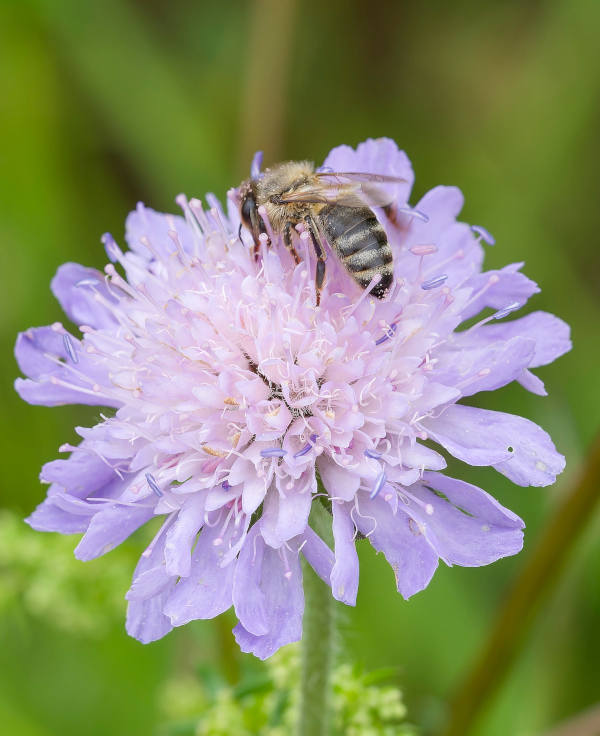
What to plant with Scabiosa
This delicate, summer-flowering plant mixes easily with a range of styles, though goes particularly well in a busy, bustling cottage garden scheme. The list of possible companions is endless, though aiming for a combination of different flower forms can be a good way to narrow down the options. Think the open saucers of dahlias and helenium, the upright spikes of verbascum and digitalis, the flat platforms of orlaya and sedum, and the frothy clouds of thalictrum and gaura. A couple of ornamental grasses such as miscanthus and stipa will complete the picture beautifully.
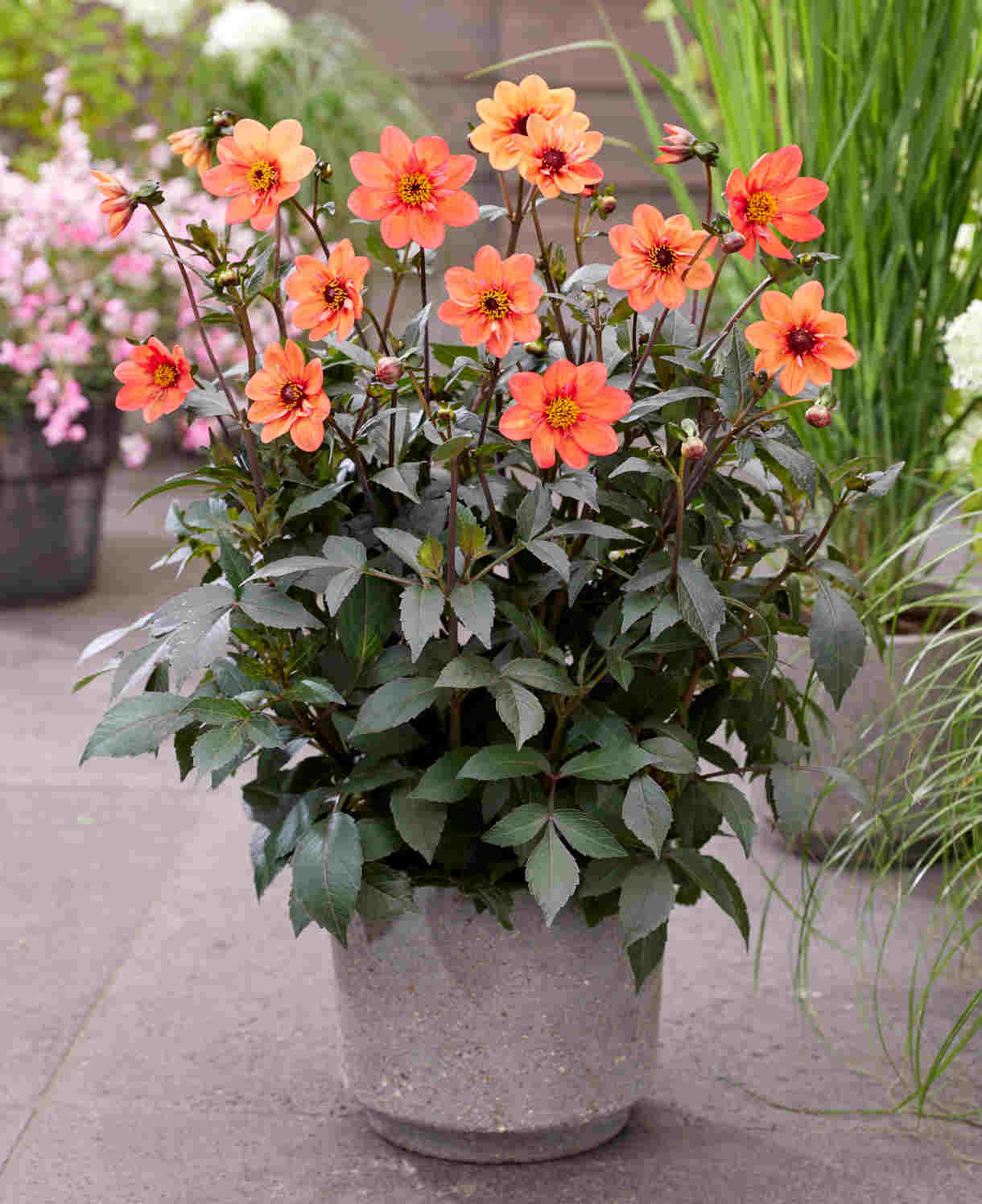

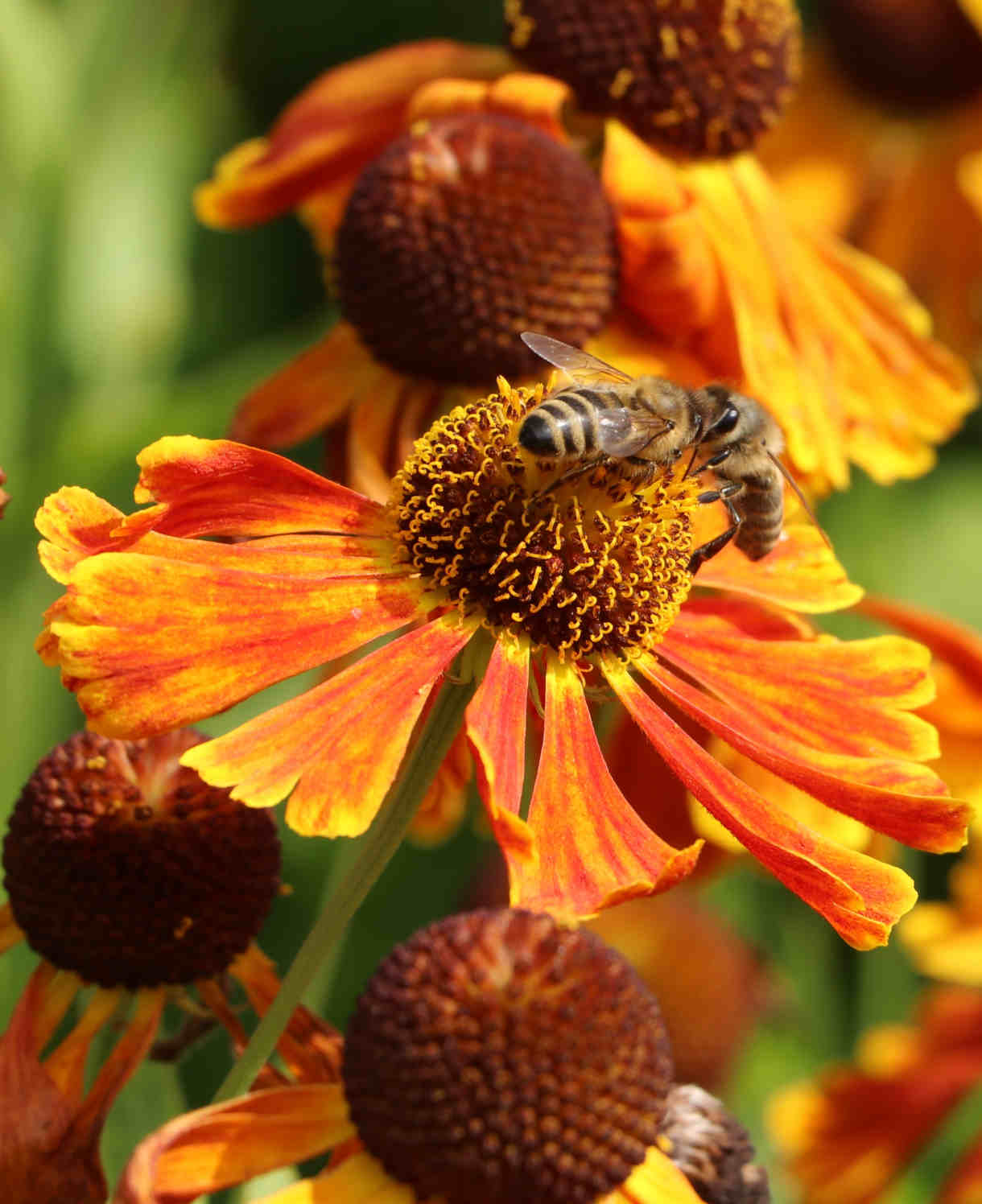
How to care for Scabiosa
Pruning and Deadheading
Deadhead regularly to prolong flowering.
Cut perennial species back in autumn or early spring.
Watering
Scabiosa in the ground will need watering until established, then in very dry spells thereafter
Container grown scabiosa require regular watering throughout the growing season. Allow the top few centimetres of compost to dry out between soakings.
Cold Protection
Most of the scabiosa we stock are hardy enough to come through the average UK winter without the need for added protection. (This is provided they are grown in well-draining conditions, as excessive winter wet can impede hardiness.)
The ‘Scoop’ series of scabiosa is half-hardy, meaning it is likely to require winter protection. This may take the form of moving container-grown plants under cover, or covering ground-grown plants with a thick layer of dry mulch such as straw or bark chippings. Alternatively, treat these as annuals.
Pests and Diseases
Scabiosa is trouble free.
How to propagate Scabiosa
Perennial scabiosa can be propagated by basal stem cuttings in spring.
- Find several strong, basal shoots (originating from the crown) around 10cm long.
- With sharp secateurs or a knife, sever cleanly from as close to the base as possible.
- Put them in a plastic bag straight away to prevent drying out.
- Fill a container with a compost mix which is at least 50% perlite (or if you prefer, as we do, 100% perlite).
- Remove the lowest third of leaves.
- If the remaining leaves are large, cut them in half with a sharp knife (to reduce water lost through transpiration).
- Insert the cuttings into the compost and water lightly. Several cuttings can be put in the same container if there is enough space to do this without them touching.
- Place in a greenhouse or propagating unit if you have one or covered with a plastic bag on a windowsill if not (out of direct sunlight).
- Keep the cuttings misted and occasionally watered until they root. You will know this has happened when roots emerge out of the bottom of the container.
- Gently remove rooted cuttings and pot them into individual pots. Grow on in an unheated yet protected environment such a conservatory, greenhouse, or cold frame until they are large enough to plant out.
Another option is to lift and divide scabiosa, which is best done every three years in either autumn or spring. As well as providing new plants, this also maintains the health and vigour of existing specimens.
- Choose a day when the soil is not frozen or waterlogged.
- Dig the plant out of the ground.
- Shake off any excess soil.
- Separate the plant into sections using either swift, cutting blows with a sharp spade, or two forks inserted back-to-back with tines touching, handles then pushed together to prise the plant apart.
- Discard old, damaged, or surplus pieces, keeping healthy, vigorous material.
- Replant selected pieces where desired.
- Water well until fully established.
Common Scabiosa questions
Is scabiosa easy to grow?
Scabiosa requires little input in return for producing masses of flowers for months on end. It is a good choice for beginners and children.
Is scabiosa a perennial or annual?
Scabiosa can be annual, biennial, or perennial, depending on the species. At Hayloft we currently stock perennial varieties only.
Does scabiosa grow every year?
Given the right growing conditions, perennial scabiosa species will come back year after year.
Is scabiosa poisonous to dogs?
Scabiosa has no reported toxicity to animals or people.
